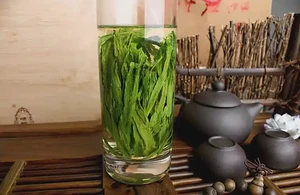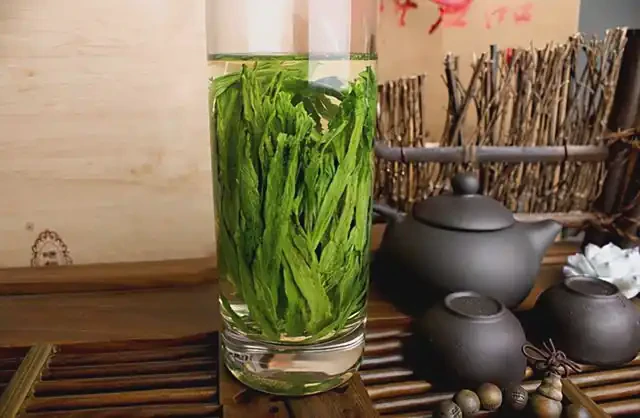

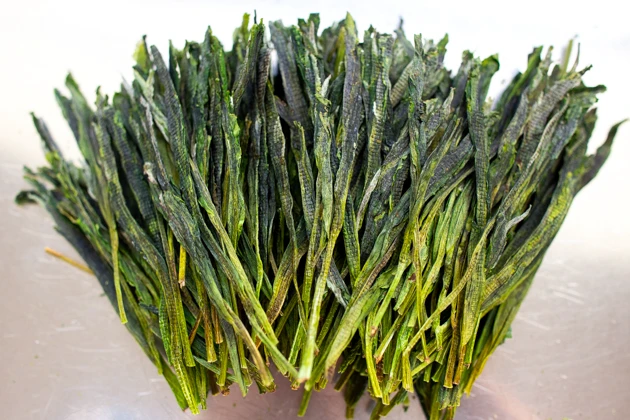
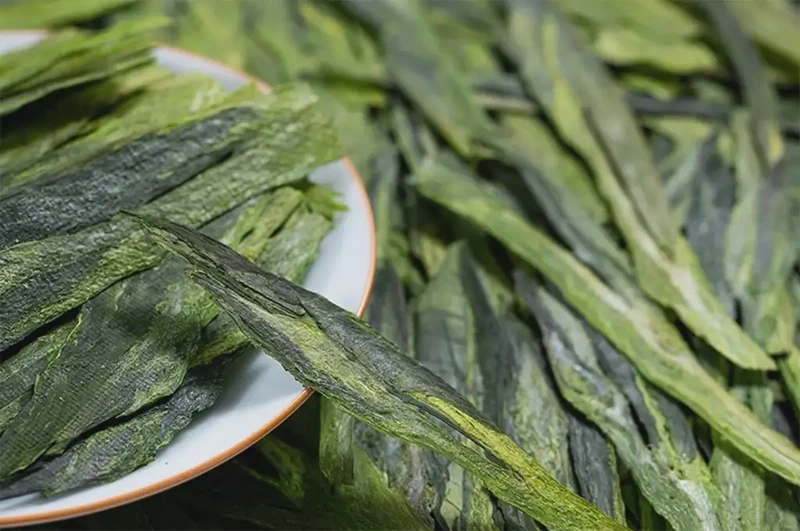
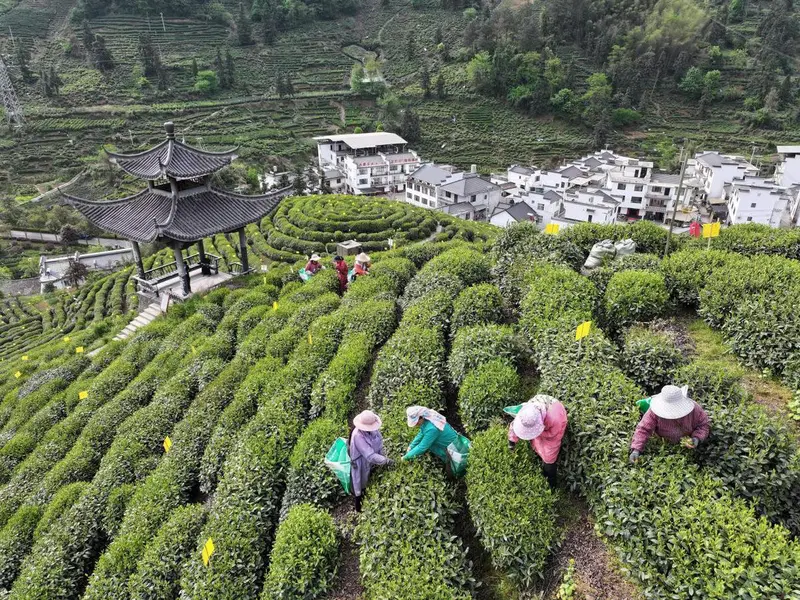
Tai Ping Hou Kui
Origin
Anhui
Category
Green Tea
Harvest Time
Pre-Qingming
Processing
Pan-firing
Description
Tai Ping Hou Kui is a distinctive Chinese green tea from the mountainous region of Huangshan in Anhui Province. Known for its unique flat, straight leaves, orchid fragrance, and mellow, sweet taste, it stands as one of China's most recognizable and prestigious green teas.
